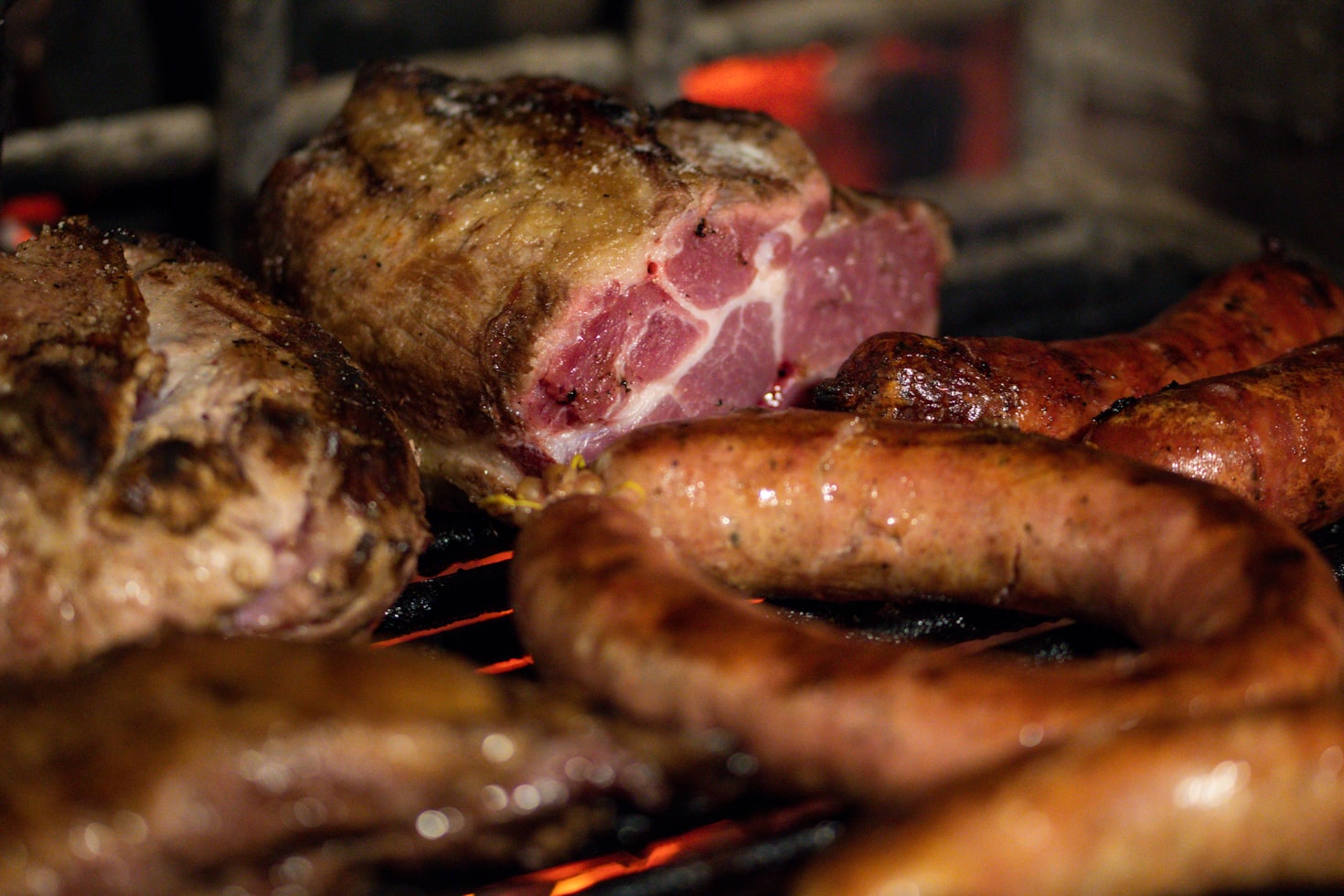How Much Pork Rinds Can I Eat On Keto
The ketogenic diet, or keto diet, has gained significant popularity in recent years due to its potential for weight loss and improved health markers. This low-carb, high-fat diet focuses on consuming foods that promote ketosis, a metabolic state where the body burns fat for fuel instead of carbohydrates. While many people are familiar with the staples of a keto diet, such as meat, eggs, and vegetables, there is often confusion about certain snack options, including pork rinds.
What are Pork Rinds?
Pork rinds, also known as chicharrones, are a popular snack made from the skin of a pig. The skin is typically fried or roasted until it becomes crispy and puffy. Pork rinds are known for their crunchy texture and savory flavor, making them a satisfying snack option for those following a keto diet.
The Nutritional Profile of Pork Rinds
When considering whether pork rinds are suitable for a keto diet, it is essential to examine their nutritional profile. Here is a breakdown of the macronutrients found in a typical serving of pork rinds (1 ounce or 28 grams):
- Calories: 154
- Protein: 9 grams
- Fat: 12 grams
- Carbohydrates: 0 grams
As you can see, pork rinds are virtually carb-free, making them an excellent snack choice for those following a keto diet. The high protein and fat content also contribute to their satiating effect, helping to curb cravings and keep you feeling full for longer.
Incorporating Pork Rinds into a Keto Diet
While pork rinds can be a tasty and convenient snack option for those on a keto diet, it is important to consume them in moderation. Here are a few considerations to keep in mind:
1. Watch Your Sodium Intake
Pork rinds are often seasoned with salt, which can contribute to their addictive flavor. However, excessive sodium intake can lead to water retention and increased blood pressure. It is crucial to be mindful of your overall sodium consumption and balance it with other low-sodium foods in your diet.
2. Consider the Quality of the Pork Rinds
Not all pork rinds are created equal. Some brands may use low-quality ingredients or unhealthy cooking methods that can diminish their nutritional value. When purchasing pork rinds, opt for those made from high-quality, pasture-raised pigs and cooked in healthy oils like avocado oil or coconut oil.
3. Pair Pork Rinds with Nutrient-Dense Foods
While pork rinds can be a satisfying snack on their own, it is always beneficial to pair them with nutrient-dense foods to create a more balanced meal or snack. Consider enjoying pork rinds with guacamole, salsa, or a side of fresh vegetables to add fiber, vitamins, and minerals to your snack.
FAQs
1. Can I eat pork rinds every day on a keto diet?
While pork rinds can be enjoyed as part of a keto diet, it is best to consume them in moderation. Eating pork rinds every day may lead to excessive calorie intake and hinder your weight loss goals. It is important to maintain a balanced and varied diet to ensure you are getting all the necessary nutrients.
2. Are pork rinds a healthy snack option?
Pork rinds can be a healthy snack option when chosen wisely. Opt for high-quality pork rinds made from pasture-raised pigs and cooked in healthy oils. Additionally, be mindful of your overall sodium intake and balance it with other low-sodium foods in your diet.
3. Can pork rinds kick me out of ketosis?
Pork rinds are low in carbohydrates and high in fat, making them a suitable snack for those following a keto diet. However, individual responses to different foods can vary. Some people may find that consuming pork rinds in large quantities affects their ketosis levels. It is essential to listen to your body and monitor your ketone levels if necessary.
4. Can pork rinds cause weight gain?
Pork rinds, like any other food, can contribute to weight gain if consumed in excess. While they are low in carbohydrates, they are still calorie-dense due to their high fat content. It is important to practice portion control and incorporate pork rinds into a well-balanced diet to avoid weight gain.
5. Are pork rinds a good source of protein?
Pork rinds do contain a moderate amount of protein, with approximately 9 grams per ounce. However, they should not be relied upon as a primary source of protein in your diet. It is important to incorporate a variety of protein sources, such as meat, fish, eggs, and dairy, to ensure you are meeting your protein needs.
6. Can I make my own pork rinds at home?
Absolutely! Making your own pork rinds at home can be a fun and rewarding process. It allows you to control the quality of the ingredients and experiment with different flavors. There are numerous recipes available online that provide step-by-step instructions on how to make crispy and delicious pork rinds in your own kitchen.
Summary
Pork rinds can be a tasty and satisfying snack option for those following a keto diet. With their low carbohydrate content and high fat and protein content, they can help keep you in ketosis and provide a satisfying crunch. However, it is important to consume pork rinds in moderation, be mindful of sodium intake, and choose high-quality options. Pairing pork rinds with nutrient-dense foods can also enhance their nutritional value. As with any food, it is essential to listen to your body and make choices that align with your individual health goals.





